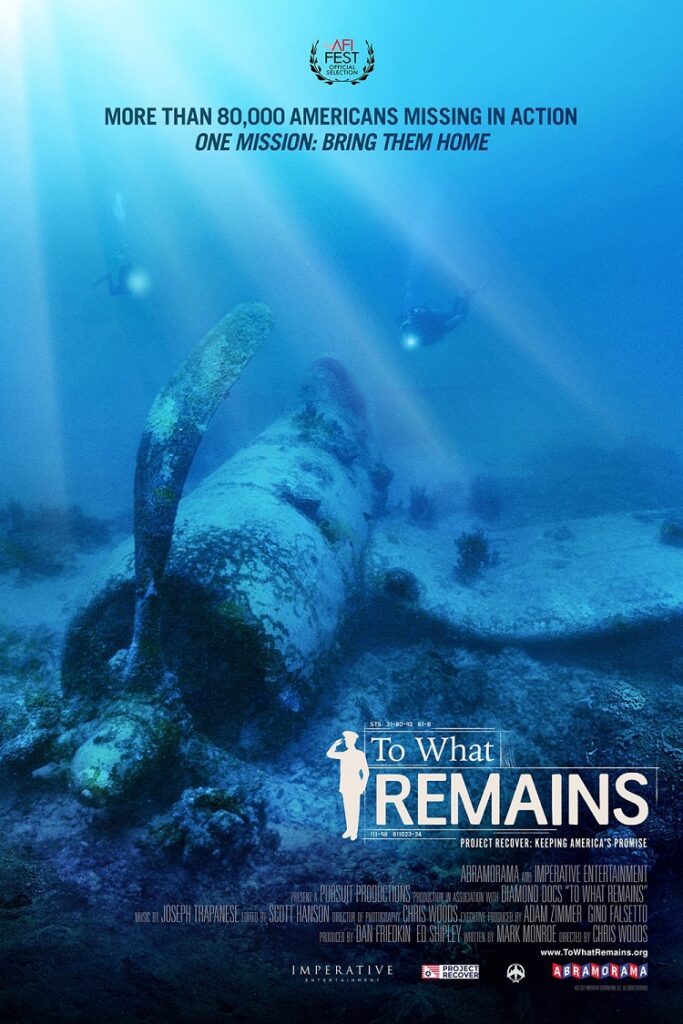
My brother Robert is a combat veteran. He served as a tank gunner in the U.S. Army during the Gulf War of 1991. And it is almost impossible to explain to people the level of worry and stress families experience when their loved one is deployed and engaged in combat. Hoping that each day there is communication from your soldier, and not from the military. Continually asking God and the Universe that they make it home alive. Luckily for us, my brother was one of the lucky ones. But for others, their soldiers return in a casket shrouded in the flag of the country they swore to defend. For the families of those who do return home, dead or alive, there is a level of peace in knowing where their loved ones are. However, for the families of those declared “Missing in Action” (MIA), there is no closure, only pain and the wanting and longing for answers about what happened to them and wondering where they are. And for more than 80,000 families in the United States, this pain, wanting and longing continues for days, years, decades, and sometimes lifetimes.
The new documentary, To What Remains, is the story of Project Recover and the team of scientists, oceanographers, archaeologists, historians, researchers, and military veterans who are dedicating themselves to searching every inch of the Earth they need to in order to bring these MIA’s home. While the documentary highlights these folks, the film is more focused on the stories of the soldiers and families that Project Recover works to help.
Since 1993, Project Recover (formally known as The BentProp Project) has been working to bring closure to these families as they work to recover the over 80,00 Americans that are still declared missing in action since World War II. Because as Dr. Pat Scannon, the founder of Project Recover says, “An MIA family never, ever, puts away the loss of somebody who hasn’t been able to return home.” But these searches aren’t quick, they take years and sometimes decades to repatriate these soldiers.
While the organization has searched in various locations around the world for those declared missing in action, in this documentary, the filmmakers venture with Project Recover over several years through various searches in the Republic of Palau. It is in this beautiful space in the South Pacific where so many lost their lives during the three-month military campaign of World War II where over 200 planes were shot down. Palau is a place where the beauty of the beaches and ocean hides the tragedies of war.
To What Remains is a moving and beautiful story about the soldiers who paid the ultimate sacrifice in wartime. In addition, the film is visually stunning and combines incredible underwater footage of the Project Recover missions along with interviews, historical footage, and photographs to create a more holistic picture of both Project Recover and the soldiers they are hoping to find.
The film is directed by Chris Woods, written by Mark Monroe, and produced by Dan Friedkin, who clearly worked together to create a work that not only tells the story of Project Recover, but also serves as another way to honor those missing and those who have been repatriated. It is evident throughout To What Remains that each component of this film was carefully considered. The original score by Joseph Trapanese is a haunting and delicate companion to this documentary. It is present and beautiful, but does not distract from the story being told.
To What Remains is in theaters now and has a runtime of 81 minutes. If you want to learn more about how you can help search for those missing in action, please contact www.projectrecover.org